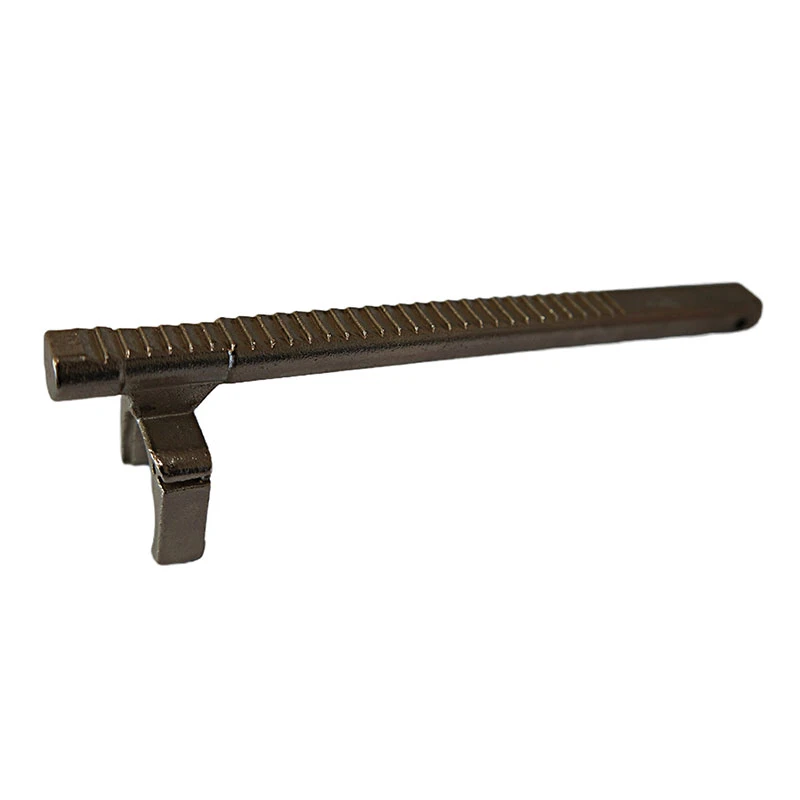Techniques and Best Practices for Machining Carbon Fiber Materials in Modern Manufacturing
Machining Carbon Fiber Techniques and Considerations
Carbon fiber, renowned for its strength-to-weight ratio, has gained significant traction in various industries, from aerospace to automotive, and even sports equipment. As the demand for carbon fiber components increases, effective machining techniques become critical. Machining carbon fiber is not only about cutting the material but also about preserving its unique properties while ensuring precision and efficiency.
Understanding Carbon Fiber Composition
Carbon fiber is composed of numerous thin strands of carbon atoms woven together into a fabric. This unique structure gives it exceptional tensile strength and rigidity. However, its adaptability in machining can also pose challenges. The material can be relatively brittle, leading to issues such as delamination, fraying, or erosion of tooling if not handled correctly. Therefore, understanding the composition and structure is essential for selecting appropriate machining methods.
Machining Techniques
Several machining techniques are employed in the carbon fiber processing industry, including milling, drilling, grinding, and laser cutting
. Each method has its own set of advantages and challenges.1. Milling This is a common machining process used to shape carbon fiber parts. Given the material's abrasive nature, carbide or diamond-coated tools are ideal for achieving the necessary finish. It is crucial to control the feed rate and cutting speeds to prevent excessive heat build-up, which can damage the fibers and lead to chipping.
2. Drilling Drilling can be particularly tricky with carbon fiber. The primary concern is to avoid delamination, which occurs when layers of the composite separate during the drilling process. Utilizing specialized drill bits designed for composite materials and employing techniques such as peck drilling can help mitigate these risks.
3. Grinding This process may be used for achieving finer finishes or for working with smaller components. The use of diamond abrasives is common in grinding carbon fiber due to their hardness. It’s crucial to maintain low speeds and coolant application to reduce thermal stress.
carbon fiber machining

4. Laser Cutting One of the more sophisticated techniques, laser cutting can provide precise cuts without physical contact with the material. This minimizes the risk of damaging the carbon fiber. However, careful consideration must be given to the laser settings to achieve the desired cut quality while preventing burn marks or resin vaporization.
Considerations in Machining Carbon Fiber
When machining carbon fiber, several factors should be considered to ensure successful outcomes
- Tooling As mentioned, utilizing the correct tooling is vital. Carbide or diamond-coated tools typically offer the best performance. Additionally, regularly replacing worn tools can help maintain cutting accuracy.
- Dust Control Carbon fiber dust can be harmful to health, requiring proper dust extraction systems during machining processes. Ensuring a clean workspace is crucial for both safety and material quality.
- Environmental Conditions The conditions in which machining takes place can influence outcomes. Humidity and temperature can affect the curing process of resins in composite materials, making controlled environments beneficial.
- Post-Machining Treatments Often, parts will require post-machining processes such as sanding or coating to enhance durability and aesthetics. These processes should be tailored to the specific requirements of each application.
In conclusion, machining carbon fiber presents unique challenges that require careful consideration of methods, tooling, and environmental factors. As technology and techniques continue to advance in the field, manufacturers must stay updated on best practices to leverage the full potential of carbon fiber in their applications. The passive properties of carbon fiber make it a formidable choice in engineering, and with the right approach, its machining can yield outstanding results.
-
OEM Sand Cast Pump Valve Fittings - Baoding Hairun Machinery And Equipment Trading Co., Ltd.NewsJul.31,2025
-
OEM Sand Cast Pump Valve Fittings - Baoding Hairun | Precision Engineering, CustomizableNewsJul.30,2025
-
OEM Sand Cast Pump Valve Fittings - Baoding Hairun Machinery And Equipment Trading Co., Ltd.NewsJul.30,2025
-
OEM Sand Cast Pump Valve Fittings - Baoding Hairun Machinery And Equipment Trading Co., Ltd.NewsJul.30,2025
-
OEM Sand Cast Pump Valve Fittings - Baoding Hairun Machinery|Precision Engineering&Fluid ControlNewsJul.30,2025
-
OEM Sand Cast Pump Valve Fittings - Baoding Hairun Machinery And Equipment Trading Co., Ltd.NewsJul.30,2025















